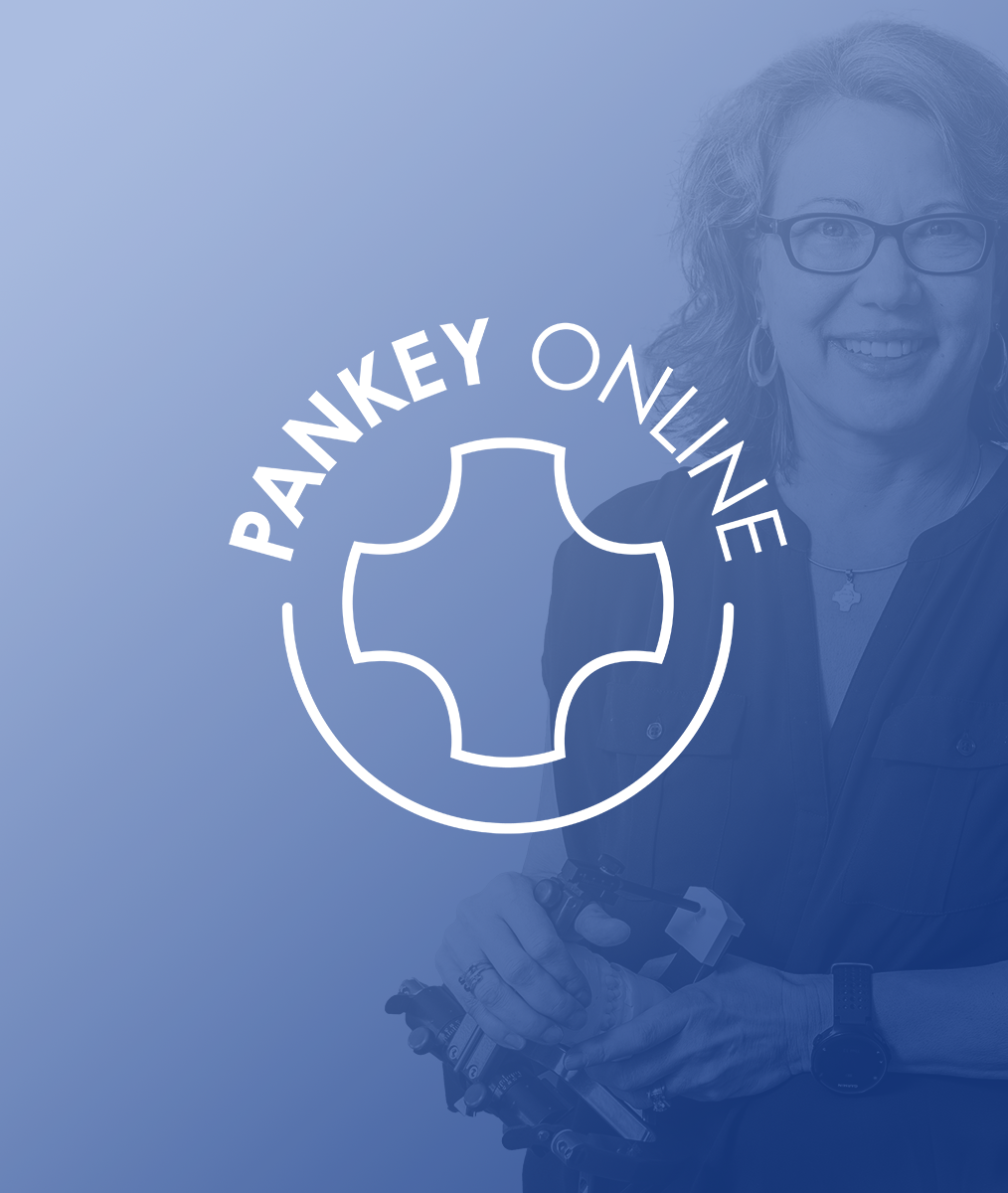
Tips for Being More Present with Patients
Tip 1: Develop the Habit of Clearing Your Mind as Your Move from Patient to Patient
One of the hardest challenges in dentistry is moving from room to room and being able to refocus and give each patient your full and undivided attention. Here’s a little trick I do to increase my presence as I move between rooms and patients.
As I move down the hall between operatories, I habitually self-talk. I silently say to myself, “The patient I just left will be fine with my dental assistant.” I intentionally turn off thoughts about the patient I left, and as I cross the threshold of the next operatory, I am interested in only that next patient. It is not easy, and the more intentional I am at bringing it into my consciousness, I believe the better my focus can become.
Interruptions of this type occur throughout the day as I need to stop what I am doing with one patient to check in on the patient in the Hygiene room. Fortunately, I have a long enough hall between my operatory and the Hygiene room to “practice” my little self-control meditation.
Tip 2: Identify an Analogy that Is Understandable for the Present Patient
I know I am not the only dentist who has patients who are not moving forward with the treatment I have recommended. Recently when interacting with a patient who was not moving forward with occlusal therapy I got to watch his understanding shift about the recommendation I had made. The difference was in explaining it in a language he understood. I credit Dr. Rich Green for mentoring me through this understanding. I related it to a real-life experience he already had.
The patient had been in my practice for a little while. We had identified that he had some occlusal disease. He had wear on teeth, some clinical attachment loss, abfractions, teeth that ran into each other, awareness that he brought his teeth together, and at times muscle tension.
One day I asked him, “Can you help me understand why you are not moving forward with occlusal therapy?”
He said, “You know, I just don’t know if it is going to benefit me.”
I happened to look down at his feet and notice he had good running shoes on. I said, “Those are fancy running shoes. They’re pretty cool. Do you wear them because you like how they look or because of another reason?”
He replied, “Actually I wear them because they are very supportive. I often have back muscle tension, and I need to wear really good shoes.”
I said, “You know, the dental orthotic that I’ve been calling an occlusal appliance is no different than wearing really good running shoes. Wearing a dental orthotic is like putting inserts in your shoes to create balance, decrease fatigue in the muscles, and provide me with the opportunity to learn what’s going on at the tooth level, the muscle level, and the joint level. Wearing the dental orthotic is likely to help you understand why you are experiencing discomfort at times, what those patterns are, and when they occur. And it just might be therapeutic in relieving muscle tension you have been experiencing and protect your teeth while we discover what is going on.”
He nodded and said, “Okay, I get it. I understand now. When can we start?”
Tip 3: Ask a Well-Crafted Question
Asking well-crafted questions allows us to better know the patient and get more complete information. Asking powerful questions also makes patients more aware that some of what they are experiencing is not healthy…is not normal.
For example, I often notice patients are not reporting pain as we do risk assessments on their muscles and joints. So, I ask the patient to rate the level of pain at which they take pain medication when they have a headache. “On a scale of 1 to 10, when would you pick up the bottle of Advil and take a pill to treat the pain?”
There are people who will take Advil when pain is at a 1 or 2 and others who will only take it when pain is at a 12. I’ve learned that there are people who have low pain tolerance who will call whenever they have pain in a tooth and other people who tolerate higher pain for months because they think it is normal.
By asking patients to rate their pain tolerance level, they become self-aware of symptoms they might be experiencing that align with the signs you observe and are discussing. They become more aware of what is normal and abnormal. If they have the tendency to not move forward with treatment until they are in acute pain, they become more aware that delaying treatment is not in their best interest. They realize the discomfort they have been experiencing is abnormal and they do not have to…should not tolerate it.
Related Course
Today’s Top Clinical Tips: 2024
DATE: October 18 2024 @ 12:00 pm - October 18 2024 @ 4:00 pmLocation: Online
CE HOURS: 4
Today’s Top Clinical Tips: 2024 Dentistry is changing at a rapid pace. Being successful and efficient is about staying on top of the newest trends and clinical tips. In this…
Learn More>







Kelly, I have often observed your listening talent and using it to listen for a relevant connecting point with a patient. It “sounds like” risking while attempting to create an experience for the patient, become you springboard to help them discover something for themselves…Isn’t that interesting! Rich